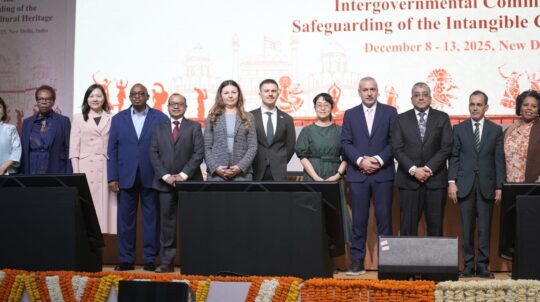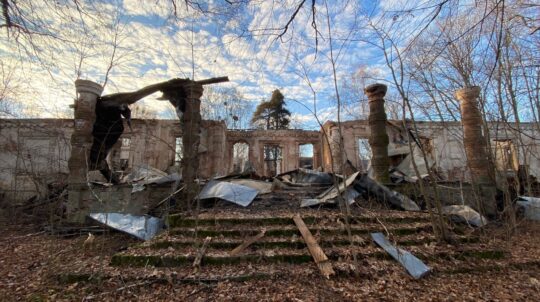On June 10, the U-Nation “Innovations to Rebuild Ukraine” conference took place in Berlin. Its goal was to attract maximum attention from global investors, corporations, and funds to the rebuilding of Ukraine.
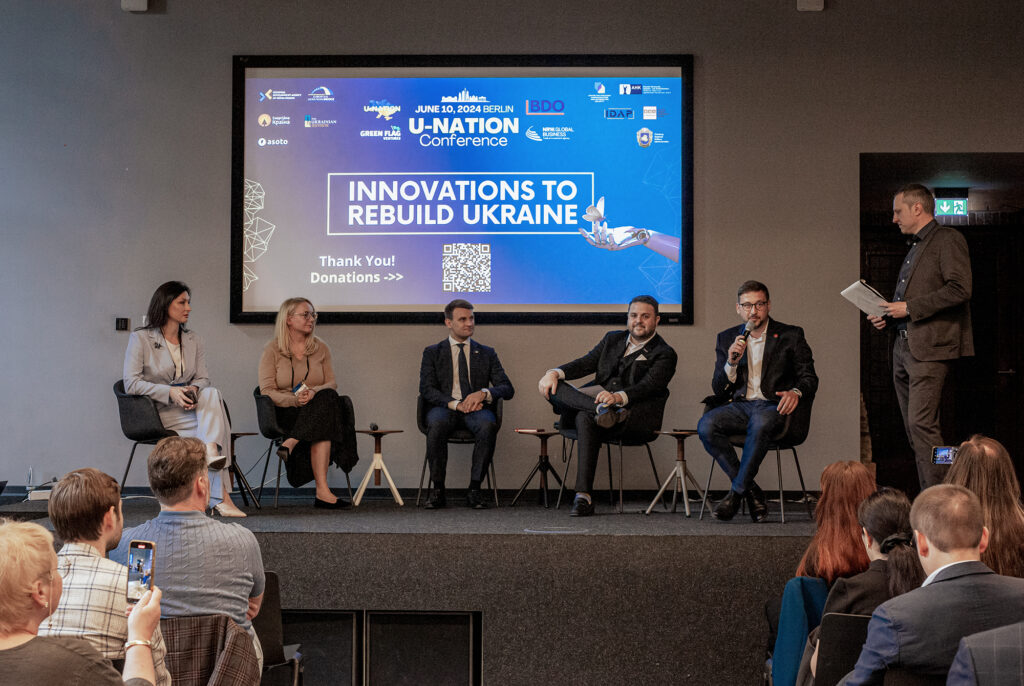
During the conference, participants discussed opportunities for rebuilding Ukraine. Diana Tryma, Director of the Department for the Restoration and Cultural Reintegration of De-occupied Territories at the Ministry of Culture and Information Policy, emphasized the importance of attracting investments to the cultural sector and outlined five flagship areas with priority projects.
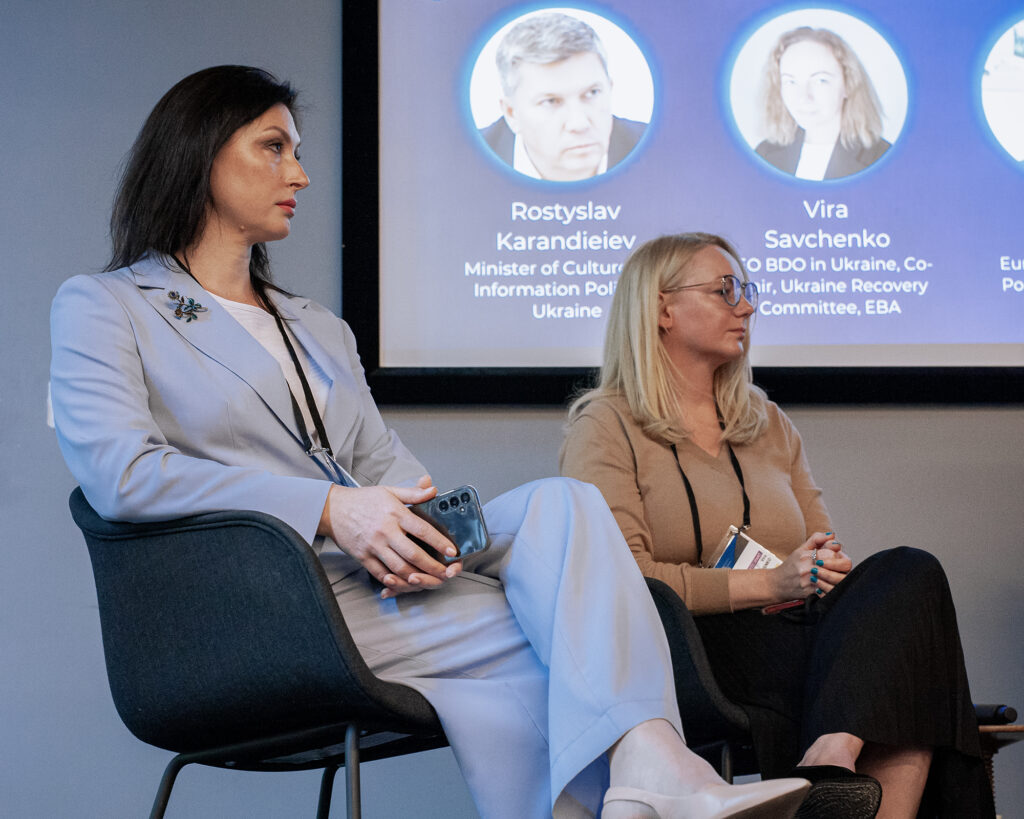
“Cultural infrastructure is fundamental in forming the social appeal of regions for the return of people to de-occupied territories. Even during the war, we can conceptually develop projects for the restoration of cultural sites, rethinking their functionality and service provision to the population. We can already work towards finding partners for the development and subsequent physical implementation of projects, and we must prepare personnel for future cultural institutions,” she emphasized.
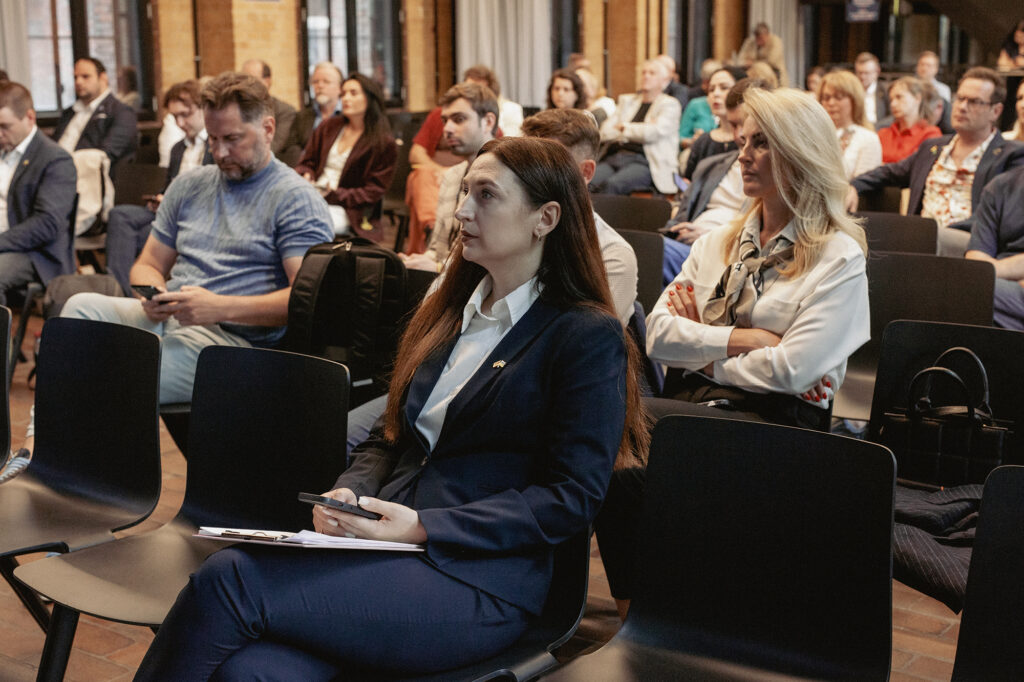
The representative from the Ministry of Culture and Information Policy also added that Ukrainian culture is an integral part of world culture. By losing Ukraine’s cultural heritage, Europe loses a part of global culture, its historical memory, heritage, and significant cultural achievements.
Diana Tryma emphasized that Ukraine is striving to attract maximum support from global investors, as it aims to rebuild. She also seeks to achieve long-term results that will have a sustainable impact on supporting and preserving human capital and cultural heritage during the war.
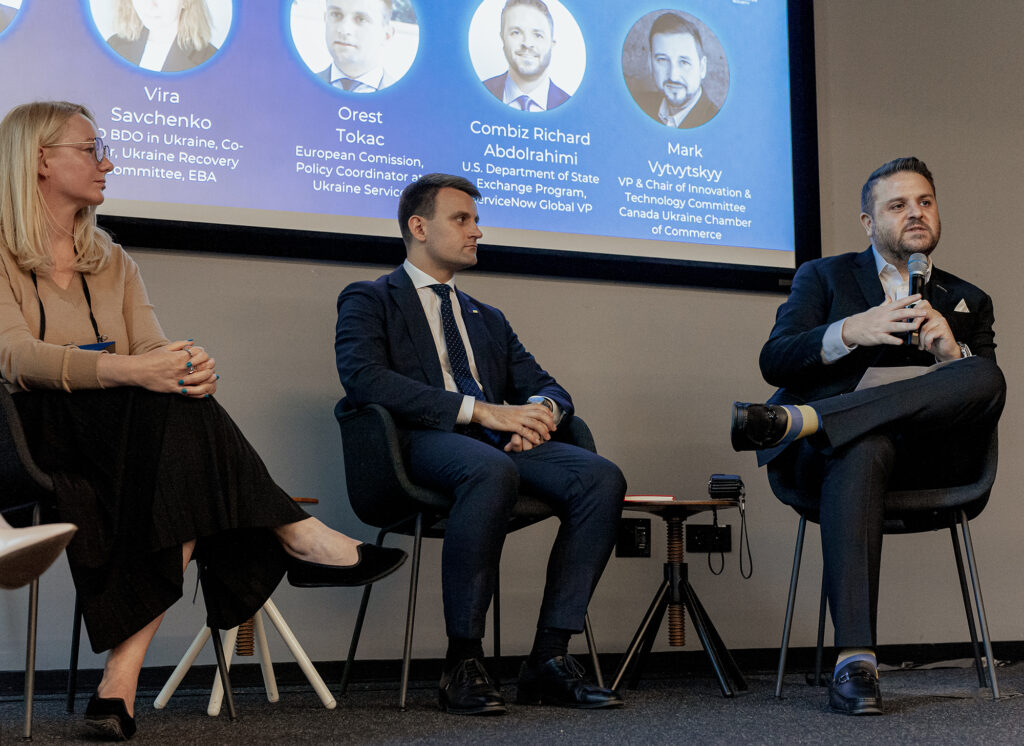
Among the flagship areas of the MCIP are:
– Creating safety conditions for museum exhibits: building storages and depositories.
– Revitalizing the National Research and Restoration Center of Ukraine.
– Educational grant programs for restorers.
– Developing standard projects for cultural hubs (cultural centers).
– Creating storage and art spaces.
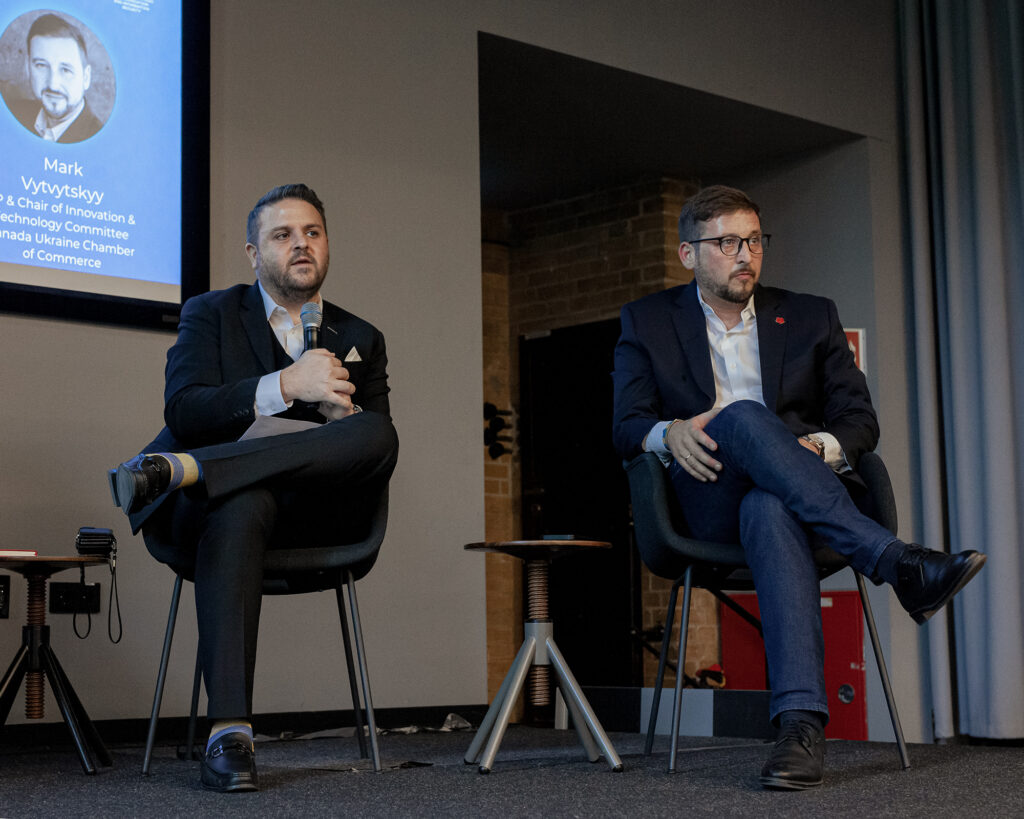
As of 2022, Ukraine had 33,520 cultural institutions, with 29,628 still operational, but only 343 having shelters. Before the full-scale invasion, Ukraine had 1,382 art education institutions, and only 7 had equipped shelters for the educational process. The greatest need is in frontline regions (10 regions) with a large number of children and internally displaced persons from occupied territories, including Odesa, Dnipropetrovsk, Kharkiv, and other regions bordering the front line.
The conference took place a day before the major International Conference on Ukraine’s Recovery in Berlin. International guests from Germany, the Netherlands, the United Kingdom, the United States, the Czech Republic, Denmark, Lithuania, and other countries joined the event. They shared partnership conditions and familiarized themselves with potential opportunities.
